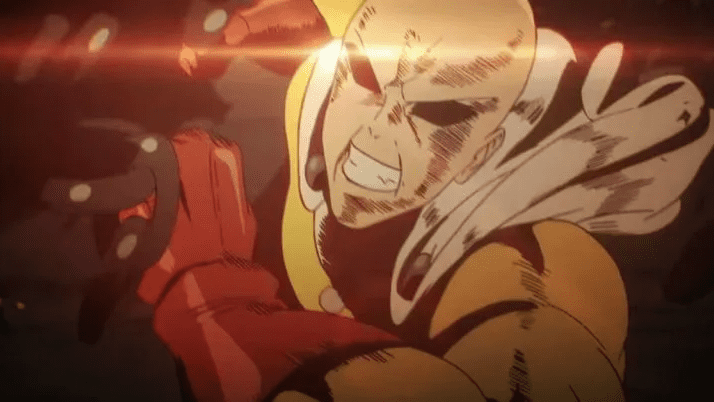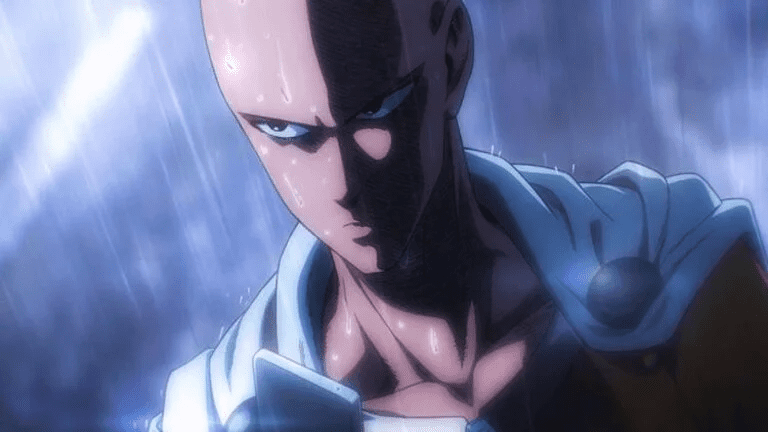One Punch Man is a highly acclaimed manga and anime series known for its engaging story and memorable characters. Its high-octane action and incredible power dynamics make it a standout in the shounen genre, drawing immense popularity among fans. However, the overwhelming strength of the main character, Saitama, has sparked significant debate regarding its classification.

Additionally, there is ongoing discussion about whether One Punch Man should be considered a shounen series at all. Contrary to the beliefs of many, the manga was published in a seinen magazine in Japan, indicating that its target audience is primarily adult men, typically aged between 18 and 40.
So, why is One Punch Man actually classified as a seinen series rather than shounen?
Created by author ONE as a webcomic in 2009, One Punch Man was later adapted into a manga format in 2012, published by Tonari in Young Jump, a supplement to the seinen magazine Weekly Young Jump. The manga features a dark storyline and intense violence, coupled with detailed artwork that makes it most suitable for an adult audience.
However, the debate surrounding the classification of One Punch Man has gained traction, especially in Western regions. The manga is published there by Viz Media under the title “Shonen Jump” to distribute its content.
In other words, this designation means that One Punch Man is often grouped with other shounen manga aimed at a younger demographic, such as My Hero Academia and One Piece.

One Punch Man is a unique blend of superhero and shounen manga, characterized by elements that are not commonly seen, especially the near-omnipotent strength of Saitama. While My Hero Academia follows a conventional shounen narrative structure, One Punch Man breaks away from typical tropes.
Ultimately, despite the classification disputes surrounding One Punch Man, the series remains beloved for its ability to deliver the best of both genres. It tells a story meant for adults, infused with the humor characteristic of shounen manga.





















